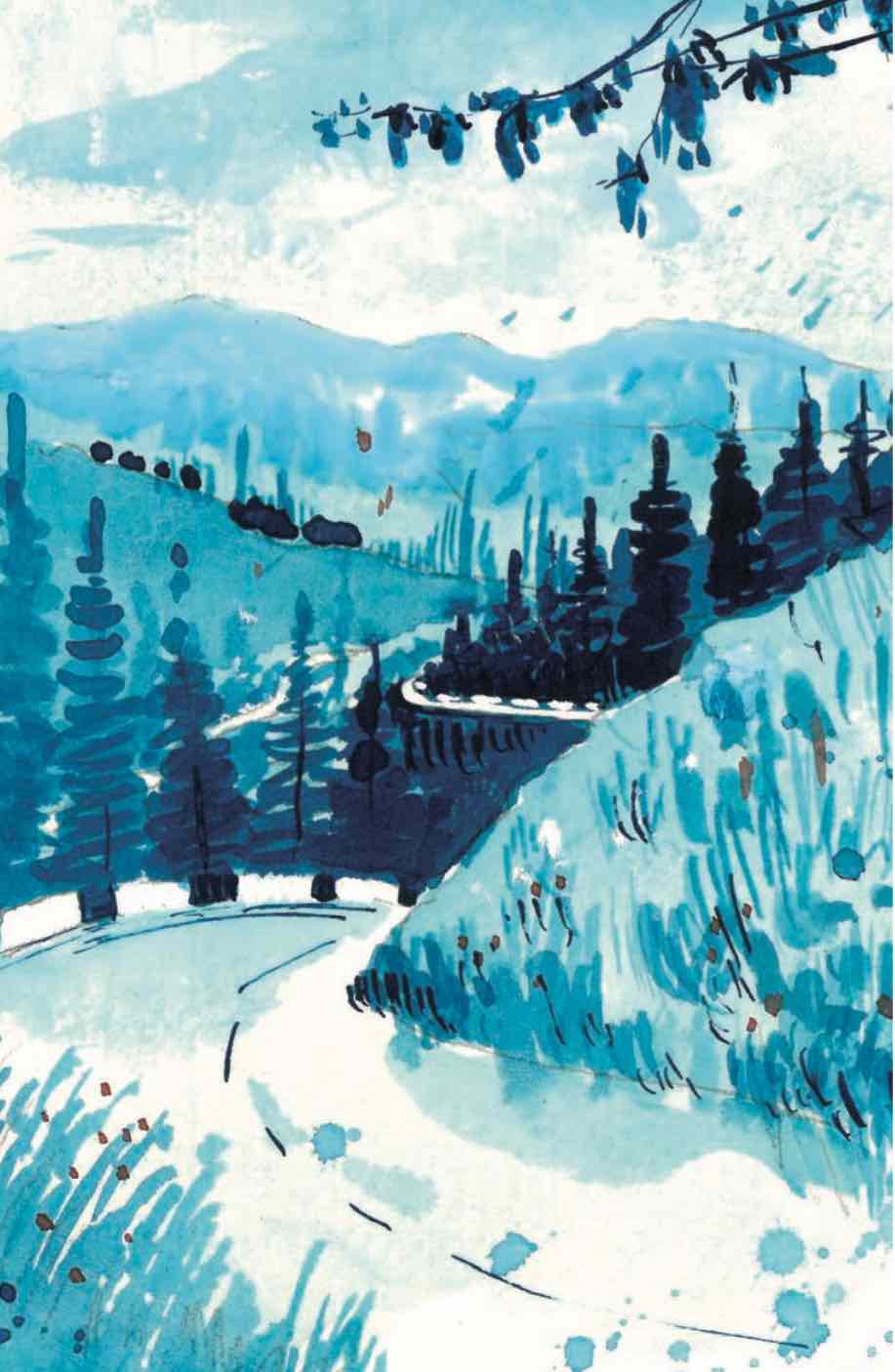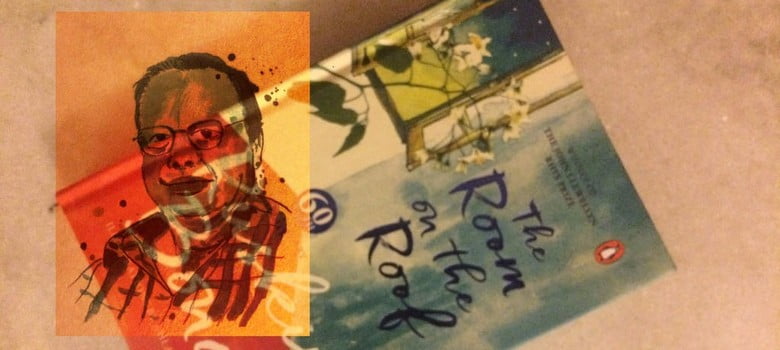 10.7K
10.7KDylan Thomas, in his poem Fern Hill, says, “Time held me green and dying / Though I sang in my chains like the sea.” When I revisited The Room on the Roof, after too, too many years, I felt as if Thomas had written that line for Ruskin Bond – for upon his eternal roof, Ruskin is yet green, and yet dying, and yet singing in the chains of his birth, his identity, his art, his beloved Doon Valley and his endless search for joy.
My favourite artistes have been the Beatles, Rajesh Khanna and the Nawab of Pataudi. I bring up their names for a reason – The Beatles, in their music, started with innocent energy and charm and flew higher and higher into almost intellectual pop, only to fall apart when the flight began to drift; Rajesh Khanna started with that same innocent energy and charm, honed it instinctively into an art which soared to the heavens and then crumbled to earth when the instinct turned into crafted ego; and Pataudi, born with brilliance in his blood, overcame tragedy to lift Indian cricket to a level from which it rose and rose and rose, even as he played the role of a leader, a source, and let his talent only occasionally fully blossom.

Rereading The Room on the Roof, I was struck by the truth of Ruskin’s genius and art – he reached a peak at a very young age, and he discovered his source, his art, at a time when others were relying only on innocence and energy and charm. Because, Ruskin’s first book is full of joy, but it is not a happy book.
It has hard edges, bitter realisations, death, departure and doubt. It is a story of the body as much as the spirit – when Ruskin describes the other boys, he starts with their form, their skin, their colour; when he confronts Mrs Kapoor, you can feel the teenage heat.
It is a story, a book, full of such wonderful detail, such descriptions – just read the section of the storm on the roof, or the first visit to the chaat shop – and yet the characters are as dark as they are real. The guardian, the sweeper, Suri, the friends, flawed and yet final. The picnic is not a journey of complete joy; it is full of effort and pushing a panting car out of a river and lust in the forest and prying eyes and uneasy games… And yet they are all woven together with threads of words which bind and yet break so easily.

Departure. Everything is always leaving Rusty. Everybody. So eventually he has to leave – but not before a final sojourn to his beloved room. A room where nothing happens, and yet so much does. Where the elements – whether the lizard, or the morning light, or the storm, or the proximity of bodies, or the fear of walking over the edge – make each moment both a threat and a treat.
And then the climax in Hardwar – or is it a climax? Has Rusty really reached a final decision? No, he has not. He only knows that to be where he is is the complete truth, and yet only the first step on another journey.

At seventeen, Ruskin knew that life was not a childhood game, but he also knew that the game of childhood was the only way to survive life.
And he has been doing so for the past so, so many years – in his little cottages, his little joys, his teas and his mornings and his mournings.
When he was a child, he wrote of childhood as he was an adult – throughout his adult life, he has written of childhood as a child! That is the secret of Ruskin’s art. His stories, his characters are always just slightly on edge. Departure and death are as real as toast and tea. No, he never returns completely to the room on the roof, but every room he as ever lived in since is a journey back to that room.
As Ruskin himself says, he does not want to change a word of The Room on the Roof. He knows it is him – or “he”, to be correct.

The Beatles and Rajesh Khanna moved from innocence to awareness, and their art is a reflection of that journey. Pataudi journeyed from innocence to tragedy and then returned with a hardened art. Ruskin Bond journeys on from the raw, gentle awareness of his first book, and until today uses that awareness to spread innocent, edgy joy to readers around the world. If his first book had been only tales of childhood, he would never be the writer he is today.
Read or reread The Room on the Roof. You will be stunned, as I was – stunned at the art, the craft and the great leap which fills this book with wonder. Each one of us has our own rooms, our own roofs, and Ruskin knows this. But he also knows that his room and his roof are unique, as ours must be, too.
“Ahead of them lay forest and silence, and what was left of time.”
Green and dying, in the Fern Hill of the Doon Valley, may the chains from which Ruskin sings never break, nor chafe too much. We need him – all of us.

Excerpted with permission from The Room On The Roof: 60th Anniversary Edition, Ruskin Bond, Illustrations by Ahlawat Gunjan, Introduction by Tom Alter, Penguin India.
[“source-Scroll”]





